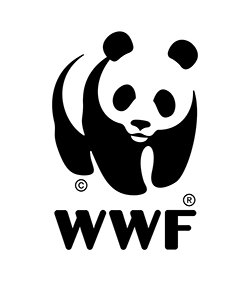[ZERO WASTE]
supported by
The amount of waste in Poland is increasing every year. The mismanaged waste has several negative consequences, such as dangerous fires breaking out at landfills; danger to animals, which can get poisoned or get tangled in plastic, what often leads to their death; the omnipresence of microplastic in the environment.
But plastic is a valuable resource, shouldn’t we recycle it?
In fact, only 9% of plastic ever produced globally, have been recycled. Excessive consumption and improper segregation mean that recycling possibilities are not properly made use of in our country.
In Poland, less than 1/3rd of municipal waste is segregated*.
Why?
Polish people lack motivation as well as sufficient knowledge about waste sorting and recycling, and Polish manufacturers often use packaging made of many types of plastics, which in practice often prevents their further use. Moreover, the number and variety of labels placed on the packaging are confusing instead of informative. In order to stop plastic waste from leaking into the environment, a system change is needed. Without improving the separate waste collection rates, increasing the rates of recycling is impossible.
Help us stop the plastic leakage at the source!
Help us create a tool, enabling and motivating consumers to make smart, sustainable and informed choices about packaging and waste sorting!
What is the problem?
Ghost nets are commercial or recreational fishing nets that have been lost, abandoned, or discarded at sea. They are not supernatural, but they are really scary - recognized as the most deadly form of marine plastic debris.
After being lost, they become unselective traps for marine animals, affecting hundreds of species in marine ecosystems worldwide. Globally, 45% of marine animals, 21% of seabirds, and all species of sea turtles have been impacted by them. There are observed cases of ghost nets continuing to capture and kill animals decades after being lost.
Some fishing nets are lost through uncontrollable circumstances – such as accidents, poor weather conditions, or underwater hooks. Some of them, however, end up at sea because there are no adequate facilities at ports for the reception of fishing nets. It also happens that fishing nets are dumped by vessels engaged in illegal, unreported and unregulated fishing, in the hopes of evading detection.
What is the solution? The ghost nets problem requires solutions on many different levels. One of them, considered as a crucial one, is prevention. So how to prevent more nets from ending up at sea?
The answer is: by the improvement of gear marking, which is probably one of the most acceptable prevention methods around the world, allowing for tracing nets back to their original owners or producers. There are many fishing nets marking systems in place in many countries, however, they are not working properly.
During the last few years, WWF Poland was involved in the MARELITT Baltic project, within which we managed to develop a modern, practical, high-tech solution for fishing nets marking, allowing for automatic identification and processing of recorded in situ data. The developed solution is a low-cost smart tag, based on radio-frequency identification (UHF RFID) technology. Small tags can be used with both new and existing fishing nets, and they have no negative impacts on fishing effectiveness.
What are we looking for? Now, that we have a technical solution for fishing nets marking, we need to develop an IT tool, which will allow fishing monitoring authorities to effectively manage data concerning nets - both those that are in constant use and those, that after being lost or abandoned, were retrieved from the sea.
Can you help us?
